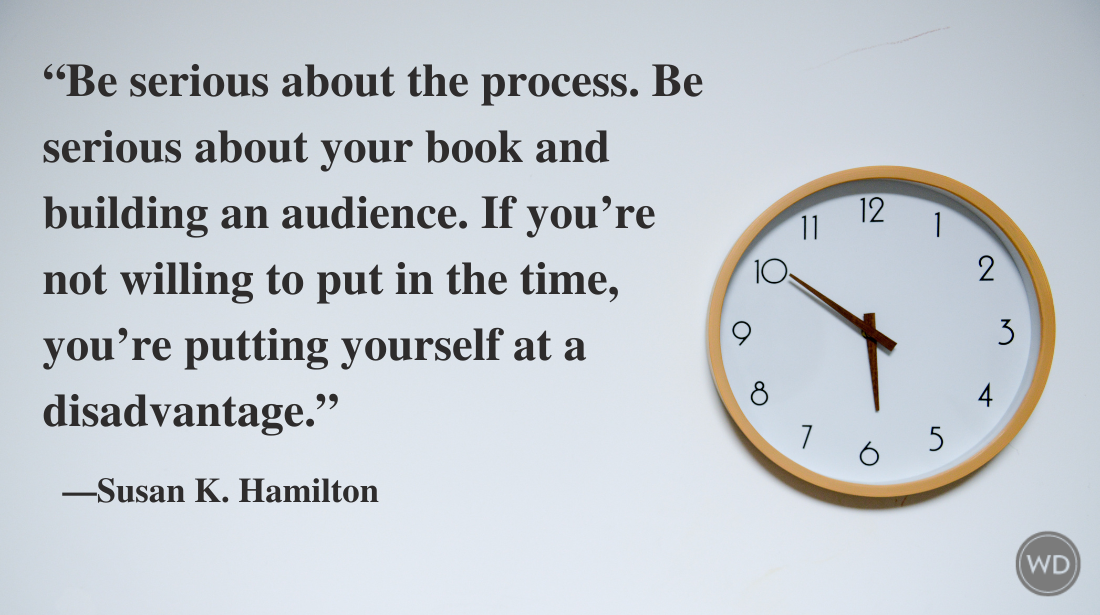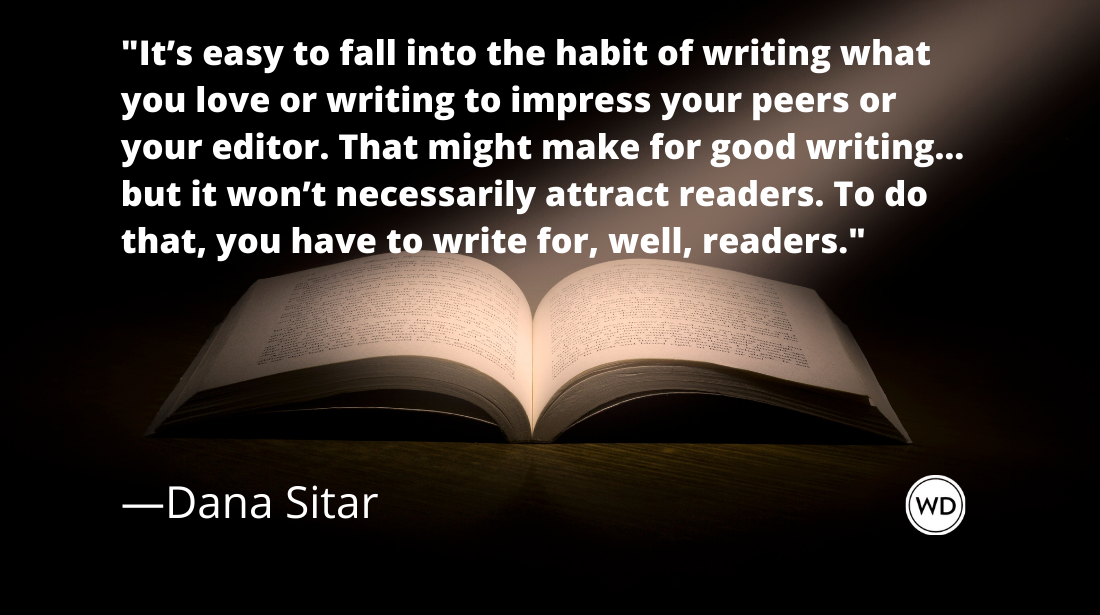10 Steps to Put Social Networking Under Your Spell
Today’s guest post is from content maven Meryl Evans. She helps businesses build and maintain relationships with clients and prospects through content. She’s also a long-time blogger who started blogging…
Today's guest post is from content maven Meryl Evans. She helps
businesses build and maintain relationships with clients and prospects
through content. She’s also a long-time blogger who started blogging on
June 1, 2000.Follow Meryl on Twitter.
Do you scream for help in removing the spell that social networking
has cast over you? Do social network sites like Twitter, Facebook,
LinkedIn, and YouTube hypnotize you for hours, stealing your magical
paid work time?
Social networking may affect more people in our industry because we know writing can be a lonely job, especially those
doing it on a freelance basis from a home office. Even introverts
desire to connect with someone and the Twitters of the Internet enchant
us.
Here are some easy clues that signify you're bewitched, bothered, and bewildered by social networking:
- You press "get new e-mail messages" constantly.
- You're always looking for @yourname Twitter replies.
- You check for wall updates on Facebook.
- You watch the latest viral video on YouTube.
Many
folks (me included) are guilty of these behaviors even though we have
loads of work. Our work doesn't fulfill our human need for connection.
Social networking can and does for many of us.
Look all you
want, but you won't find a magical overnight cure. Instead, call upon
common sense, organization, and getting things done (GTD) thinking.
These strategies will help you dip into the social networking cauldron
without double double, toil and trouble—or tracking down eye of newt
and wool of bat.
- Accept that you can't keep up with all of the
social networking sites. You're not the only one struggling with this.
It's OK not to join or use everything. (See #8.) - Post a profile on
major social networking sites. You don't have to do it all at once.
Notice I've said "major" sites. - Connect your accounts
with other sites. For example, LinkedIn has an application that imports
your blog entries into LinkedIn. Facebook has the same and can also
import your Twitter feed (may not be a good idea, but that's not in
this recipe). FriendFeed is a pro at integrating your account with
others. - Pick a few sites to use on a regular basis. Remember writing and reading blogs count.
- Schedule your participation. Twitter isn't about posting one tweet
after another. You could start with five minutes in the morning, again
at lunch time, and do a last check in the evening. Whatever works for
you. Routine turns things into a habit. - Turn off e-mail
notifications. For sites you don't use regularly, turn off your e-mail
notifications so they don't drive you crazy. (See #7 for another
option.) - Filter all social media e-mail into a single folder.
If you still want to receive e-mails knowing when someone connects with
you, then set up e-mail filters to send all messages from Facebook,
Twitter, LinkedIn, and so on into one folder. It's less bothersome than
messages in your inbox and in your face. - Join other networks
as you come across them. Your connections will invite you to yet
another social network site. You never know who uses one site more than another, and you never know what the next big thing in social networking will be
unless you have a crystal ball and an available medium. Be open. - Do
social networking when stuck. Social networking is a marketing tool for
writers, therefore it should be a no-guilt activity as long as you
focus on building relationships and sharing knowledge. - Close
the browser or application. Get off the social network site or related
application. Don't leave it open. Douse whatever tempts you.
This
10-step recipe will put you in charge of
stirring bubbles of your social networking time. And be vigilant: networks
can still charm their way back and cause time management trouble.
Jane Friedman is a full-time entrepreneur (since 2014) and has 20 years of experience in the publishing industry. She is the co-founder of The Hot Sheet, the essential publishing industry newsletter for authors, and is the former publisher of Writer’s Digest. In addition to being a columnist with Publishers Weekly and a professor with The Great Courses, Jane maintains an award-winning blog for writers at JaneFriedman.com. Jane’s newest book is The Business of Being a Writer (University of Chicago Press, 2018).








